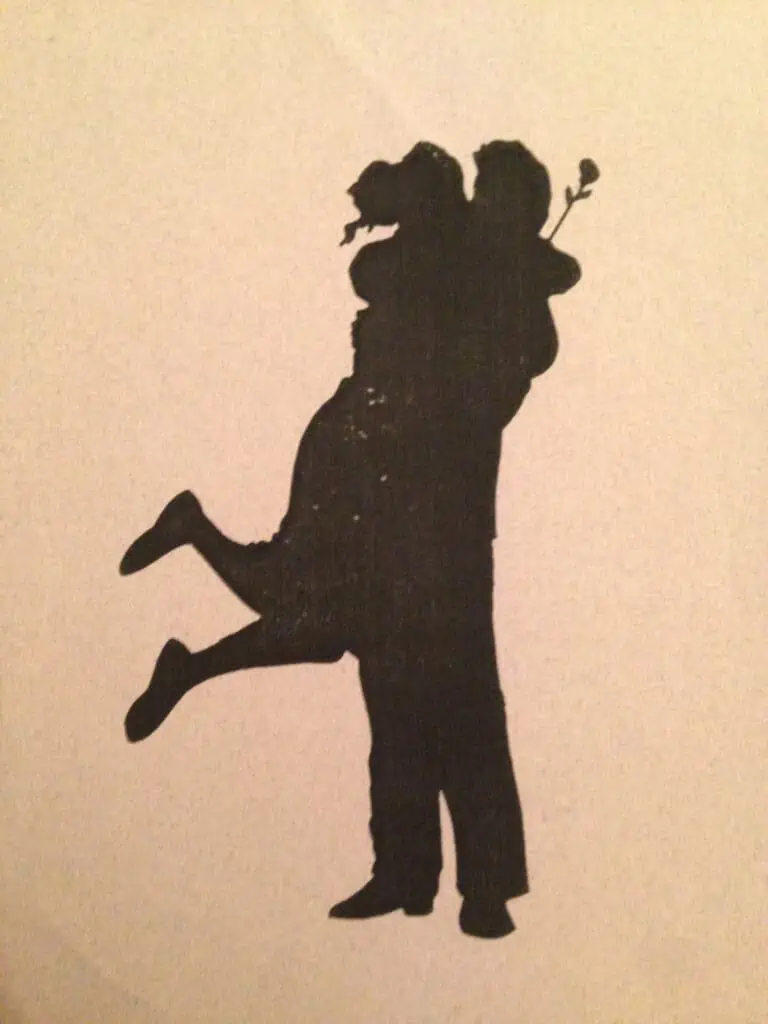


As the name suggests, the modern Valentine’s Day originated with a Saint Valentine. However, our Valentine’s Day is parallel to Disney stories, while the initial holiday is more comparable to the Grimm’s Fairy Tale version, intertwined love with gore.
Once upon a time, in third century Rome to be exact, lived a priest named Valentine. According to legend, when Emperor Claudius II outlawed marriage, due to his belief that single men made better soldiers, Valentine performed secret marriages for young lovers. When his illegitimate practice was uncovered, Claudius commanded for Valentine’s execution.
Heart–shaped candies anyone?
Another myth starts with an imprisoned man, named Valentine, who fell in love with the jail keeper’s daughter. Before his death he crafted the first “Valentine”, or written pledge of devotion to his love, signed, with the now signature phrase, “From your Valentine”.
Now, the true historical accuracy behind these legends is sketchy at best. But, they’re common accounts and provide a well-fitting chronological puzzle piece leading up to the current traditions of Valentine’s Day. So, we shall presume their authenticity for the sake of a simpler and sounder story.
We’ve successfully established the character of a man named Valentine, now we need to cross the bridge to celebrating a holiday after him. One historical road wholesomely proclaims we celebrate Valentine’s Day in mid-February to commemorate Saint Valentine’s death date. However, I invite us to explore a slightly more scandalous path of history.
This path begins with the pagan festival of fertility named “Lupercalia”, which took place on February 15th. Similar to the attempts to Christian-ize the pagan “Winter Solstice” by placing Christmas in close chorological proximity, priests tried to Christian-ize “Lupercalia”, with Valentine’s Day. However, unlike the “Winter Solstice”, which included activities that could vaguely represent Christmas. The priests had a long way to go before “Lupercalia” celebrations could be considered “holy”.
These celebrations began with sacrificing a goat to the God of fertility. The goat hide would then be dipped in sacrificial blood and then gently slapped on women and crops throughout the land, to bless them with fertility.
I’d rather take the chocolates. Thank you, very much.
And, I cross-my-heart that the realms of my creativity do not extend remotely far enough to make this stuff up.
Eventually, Pope Gelasius, who also formally declared February 14th as St. Valentine’s Day, officially outlawed Lupercalia in the 5th century. Though it wasn’t until the Middle Ages, when Valentine’s Day was finally colloquially associated with love. By the 18th century, it became common for folks to pass around hand-written notes of affection. Advances in printing technology in the 1900s, was the beginning of popularization of store-bought Valentines.
Today, according to the Greeting Card Association (yes, I too, just recently learned that is an actual organization) approximately 1 billion Valentine’s Day cards are annually exchanged. Earning Valentine’s Day an impressive ranking of the second most popular card-sending holiday, after Christmas.
Though the Yukon might be a little too chilly for Cupid himself to make a visit, I invite you to enjoy this Valentine’s Day. Whether your spending it with a loved one, treating yourself or waiting till the themed chocolates go on sale, you can at least be rest assured you’re spending Valentine’s Day bloody-sacrificial-fertility-goat free, an indisputably better way than any of those who began this holiday.




